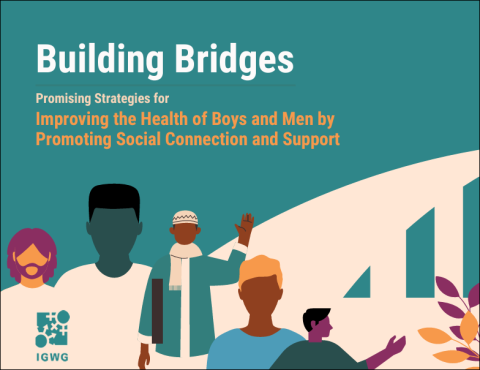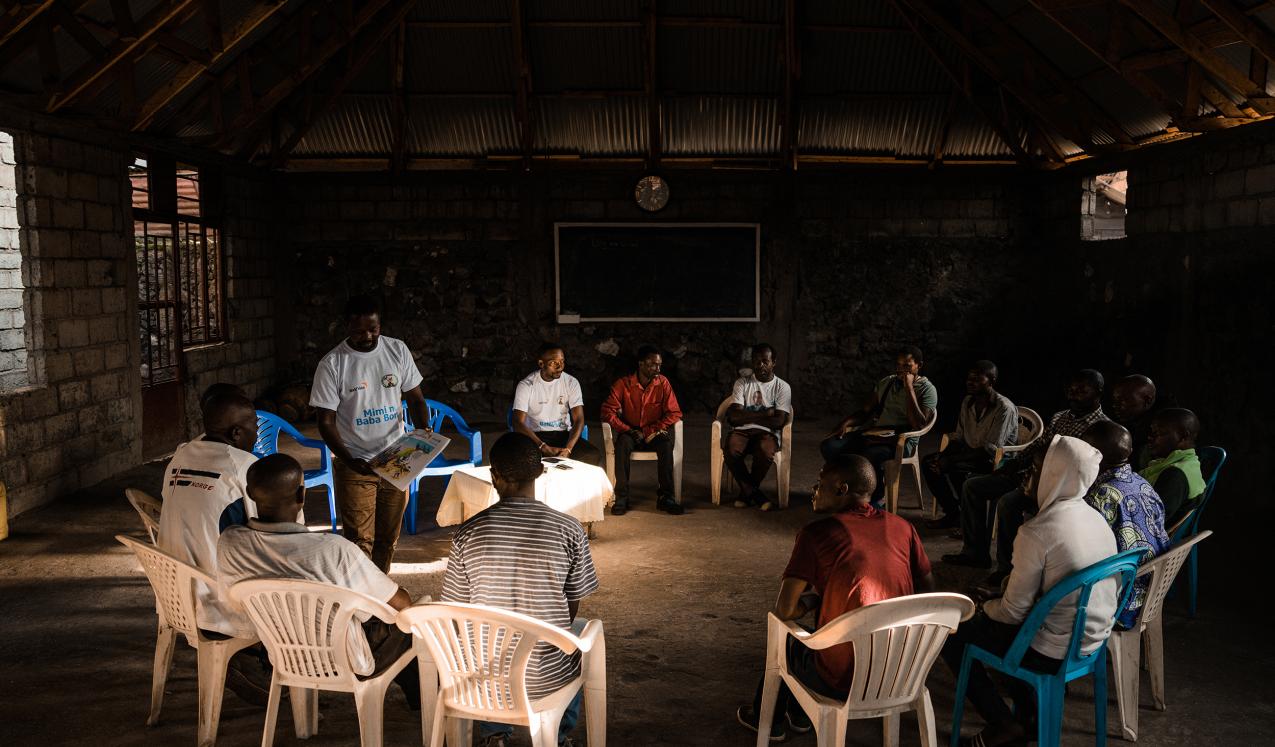
- Blog
- 27 October 2025
Are men the key to advancing Women, Peace, and Security? Unpacking norms of masculinity to support feminist peace
- Author: Dr Camille Maubert
- Published by: ALIGN
As the global community celebrates the 25th anniversary of the Women, Peace and Security (WPS) agenda, it is time to reflect on how its gender-equitable principles can work in practice. While the WPS framework has been transformative in placing women’s leadership and experiences at the centre of peace, security efforts have long been dominated by men.
In 2024, there were 61 armed conflicts across 36 countries – the highest number since 1946. As of 2023, however, women still account for just 9.6% of negotiators involved in peace and ceasefire agreements, and only 13.7% of mediators and 26.6% of signatories.
In this context of escalating crises and women’s continued exclusion, finding inclusive and durable pathways to peace is more urgent than ever. Yet, despite meaningful progress in advancing women’s participation in peace and security processes, significant barriers remain. Many are sustained by deeply rooted gender norms that shape who is seen as a legitimate actor in peace efforts and constrain cooperation between men and women to resolve conflicts. Addressing these underlying dynamics means revisiting how we engage with men to build more equitable and peaceful societies.
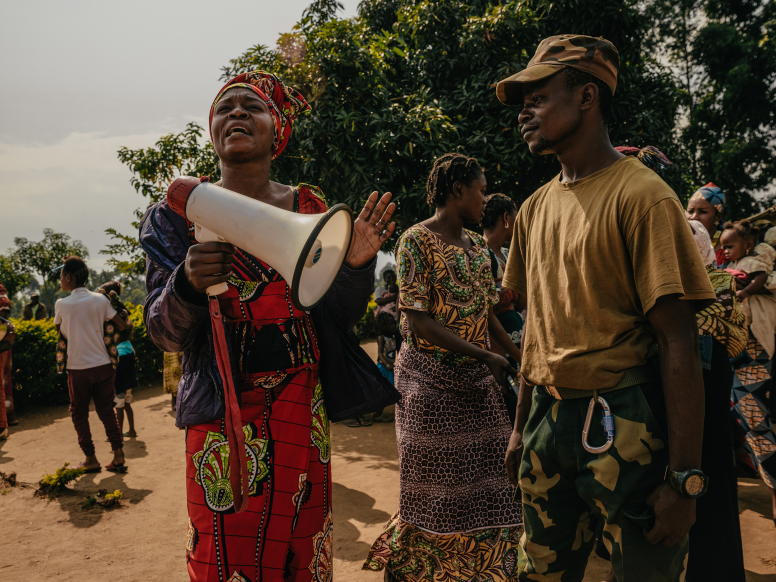
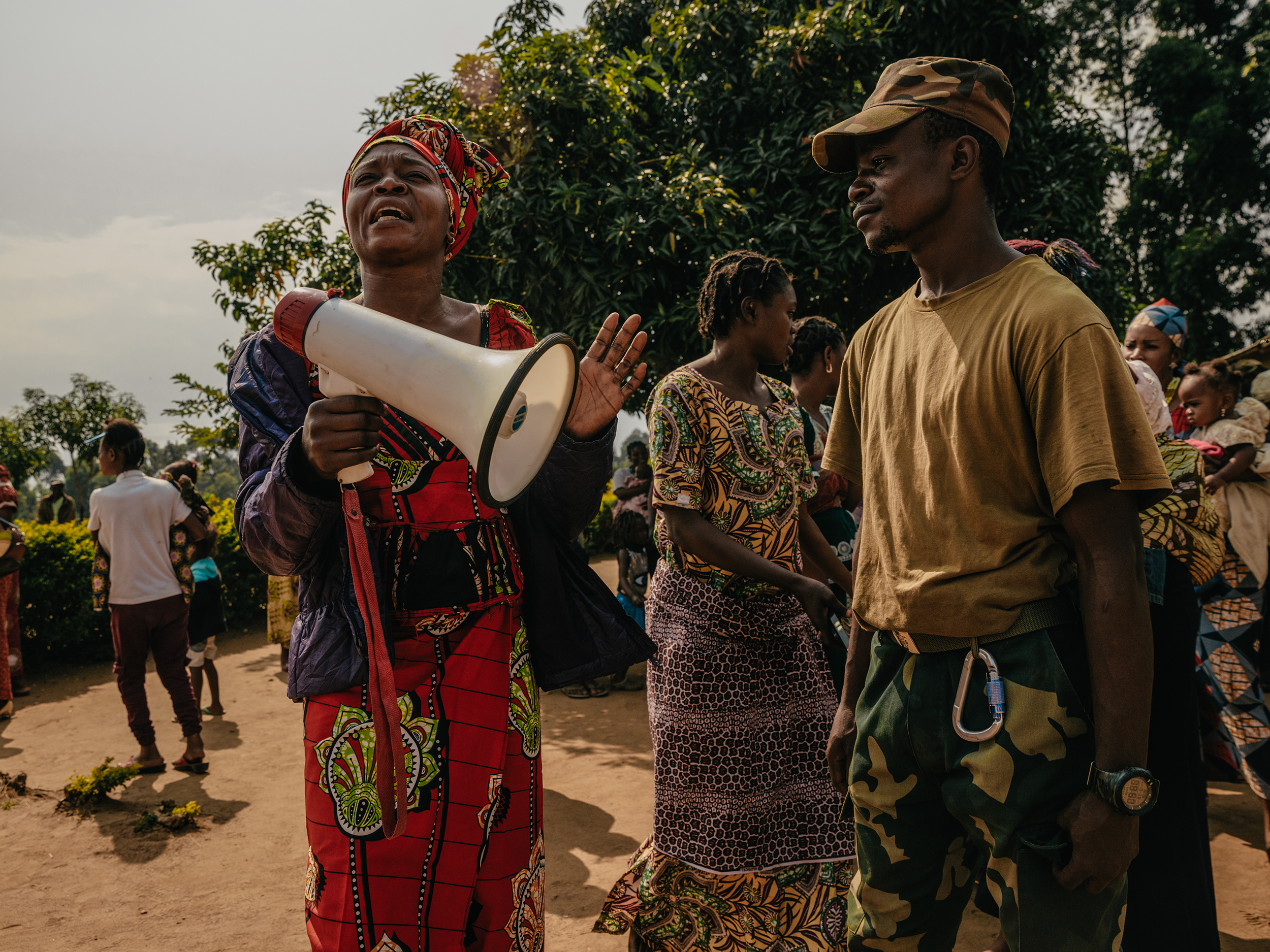
Rethinking the ‘men as perpetrators’ frame
Within the WPS field men are still largely viewed both as the primary perpetrators of violence and the main obstacle to women’s participation in peace processes. At the same time, gender norms cast men as inherently violent and women as victims in need of protection, shaping who is given agency and authority in peace and security spaces. This framing not only reinforces restrictive gender stereotypes but also limits opportunities for inclusive and effective peacebuilding.
Decades of work on engaging men and boys as allies against gender-based violence (GBV) offer valuable insights into how men can contribute to feminist peacebuilding when approached not as threats, but as partners in transforming harmful norms and structures.
In eastern Democratic Republic of Congo (DRC), for example, years of conflict have generated some of the world’s highest rates of violence against women and girls. Unsurprisingly, GBV prevention has become a central focus for government and humanitarian programmes alike. Much of this work now includes initiatives to ‘change men’ by promoting positive masculinity and more equitable gender norms.
Yet these efforts often rely on the narrow framing of men as perpetrators – rarely as whole and complex people who are also living with loss, marginalisation and violence. This has deep consequences. When men are treated only as the problem to be fixed, rather than as potential partners in broader systemic change, interventions risk alienating those they seek to engage. They can inadvertently generate resistance as men feel blamed or perceive that their suffering is invisible, thus undermining their support for women’s participation in local peacebuilding initiatives.
During my research with Ghovodi (Groupe des Hommes Voués au Développement Intercommunautaire), a Congolese organisation implementing the ‘Washindi’ gender-transformative programme, I repeatedly heard men express frustration that their own experiences of violence and disempowerment were ignored in discussions about gender equality.
Recognising men’s suffering neither dilutes feminist goals nor excuses harmful behaviour. Rather, it is about understanding the structural realities that shape both men’s and women’s experiences of exclusion, fear and trauma. When men are invited to explore how inequality and violence affect their lives as well, they are more willing to engage constructively in efforts to break cycles of violence.
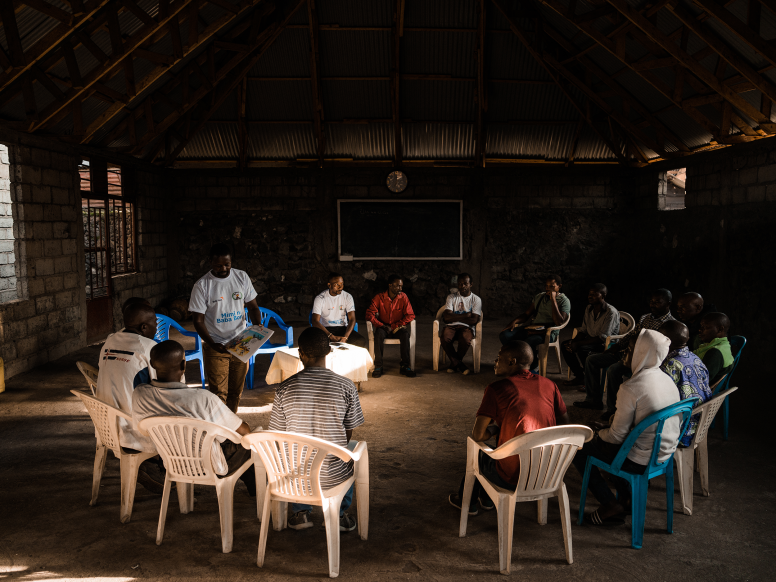
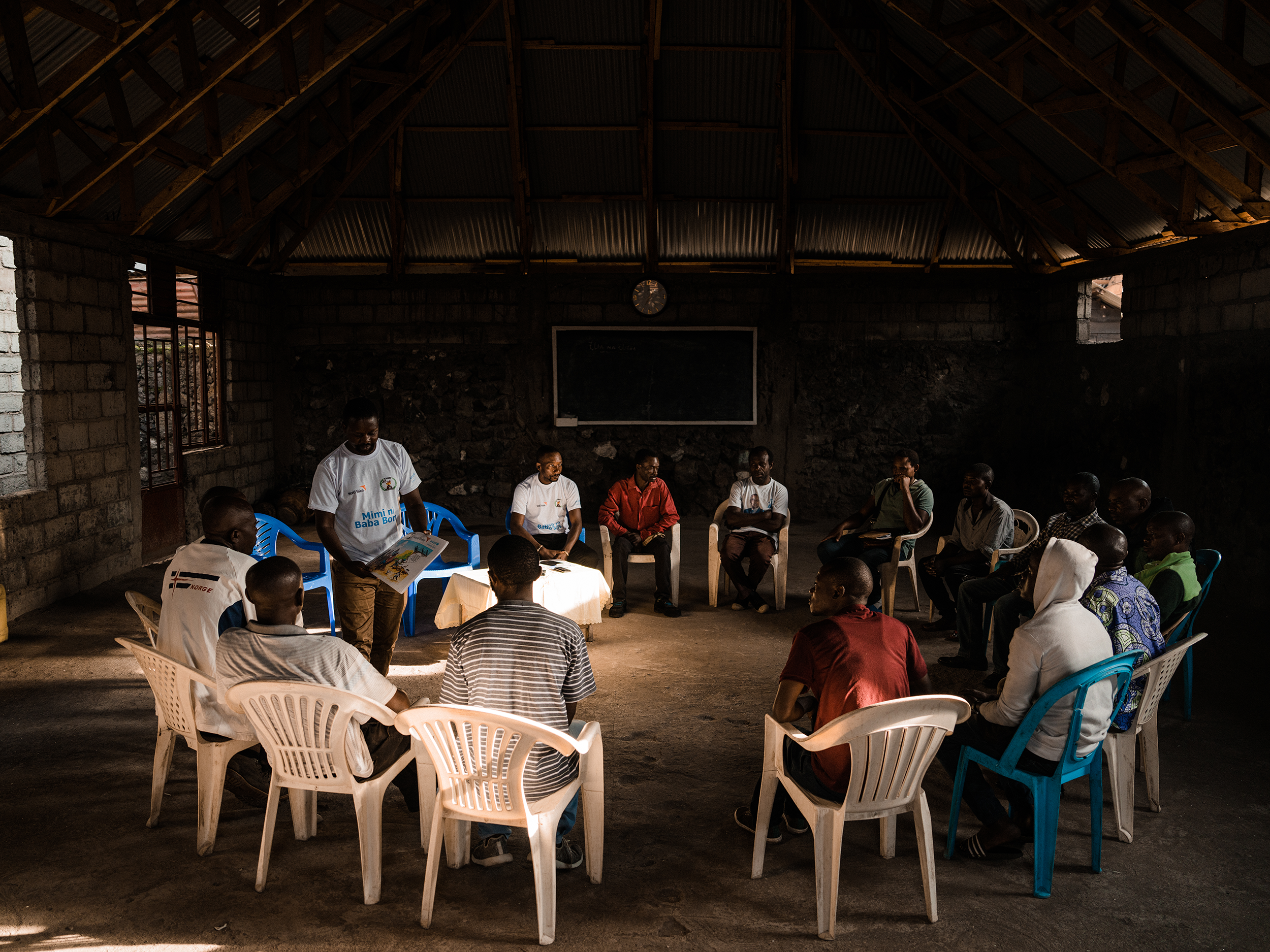
Everyday suffering and structural violence
The testimonies I gathered in the DRC reveal the profound and chronic nature of men’s everyday suffering in conflict-affected communities.
One young man, for example, holds a university degree but survives through casual work. His life has been shaped by violence and insecurity. Multiple conflicts and frequent displacements have left lasting marks: economic hardship, sleeplessness, fear, a constant state of stress and profound erosion of trust. Recent inter-communal tensions have only deepened his isolation as he cut contact with former friends and describes feeling ‘defeated’:
'I now have an inferiority complex; I think I am worthless. All the violence makes me solitary… It also affects my family economically as I don’t have the courage to go on and start new activities.'
Another man, a 67-year-old school teacher, recounted repeated episodes of violence and loss. After the Rwandan genocide, Hutu rebels attacked his village, broke into his home, beat him until his ribs broke and stole all his belongings. Another rebel group stopped him on the road, pointed their guns at his chest and placed a gun barrel in his mouth. Permanent insecurity in the province exposed him to repeated harassment, notably from soldiers who were meant to be re-establishing security. Even after moving to Goma in search of safety, he experienced theft and extortion. He feels that humiliation is now an everyday part of his existence:
'I am about to be evicted from our house because my salary is not being paid. I have to drink the cooking water from the beans, you must think I am inhuman... My children are always the ones who are badly seen in the neighbourhood or who are messy. I am ashamed that this house in which we live is not as good as my parents.'
A third man spoke of turning to alcohol and aggression as a way to feel powerful in a world that had stripped him of control. In contexts where conflict and displacement make masculine ideals of strength, control and provision impossible to fulfil – and where vulnerability or emotional expression is discouraged – frustration and loss of status can often manifest as violence.
While men occupy privileged positions in gender hierarchies, those hierarchies exist within wider systems of political, militarised, economic and structural violence. As a result, such men can experience gendered privilege and power alongside profound disempowerment, suffering, loss and humiliation.
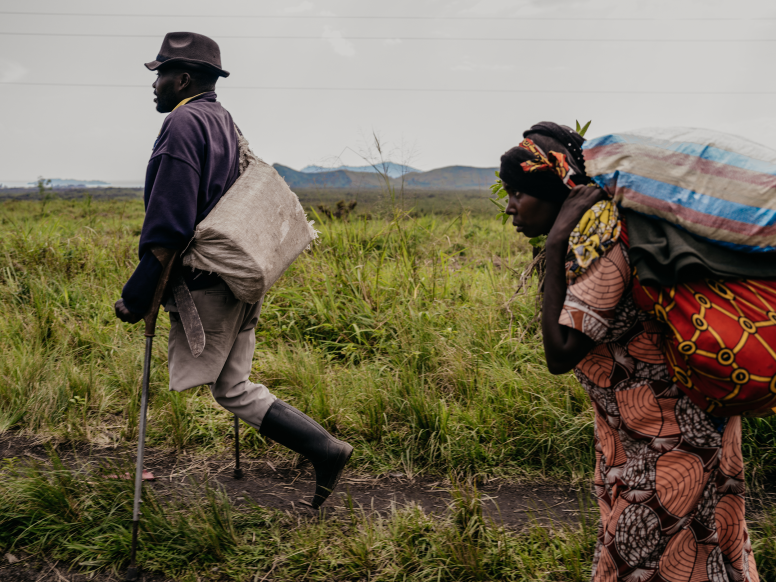
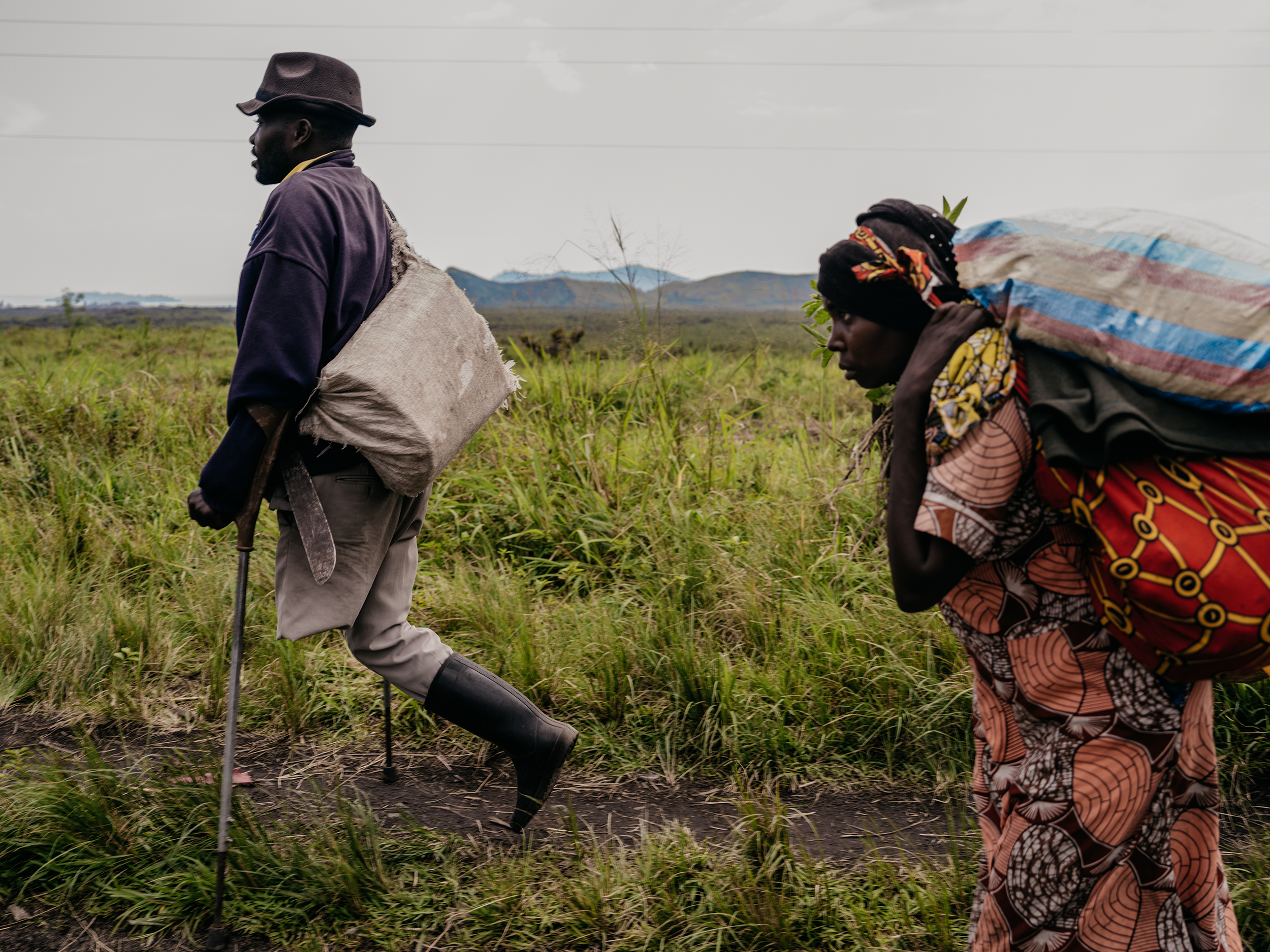
Creating spaces for empathy and solidarity
One of the most powerful findings from Washindi was that transformation begins when men are given safe spaces to speak openly about their pain. Over time, participants learned to express vulnerability, something culturally at odds with dominant ideals of masculinity.
In these spaces, men who had once felt blamed or unheard began to reflect on their behaviour and imagine new ways of relating to their families. Facilitators reported that when men’s own suffering was acknowledged, empathy and accountability followed more naturally. Mixed-gender discussions later provided opportunities for both men and women to recognise their own roles in perpetuating harm and to rebuild trust on shared ground: the desire for family and community well-being.
This process of making suffering visible, creating space for dialogue, and reframing relationships holds lessons far beyond GBV prevention. It offers insight into what inclusive peacebuilding can look like: not a competition for victimhood or power, but a gradual reconstruction of dignity and mutual understanding.
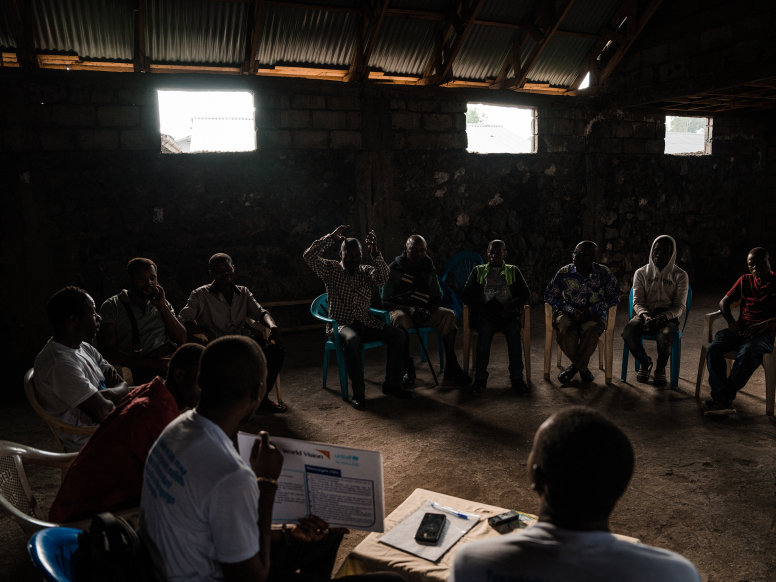
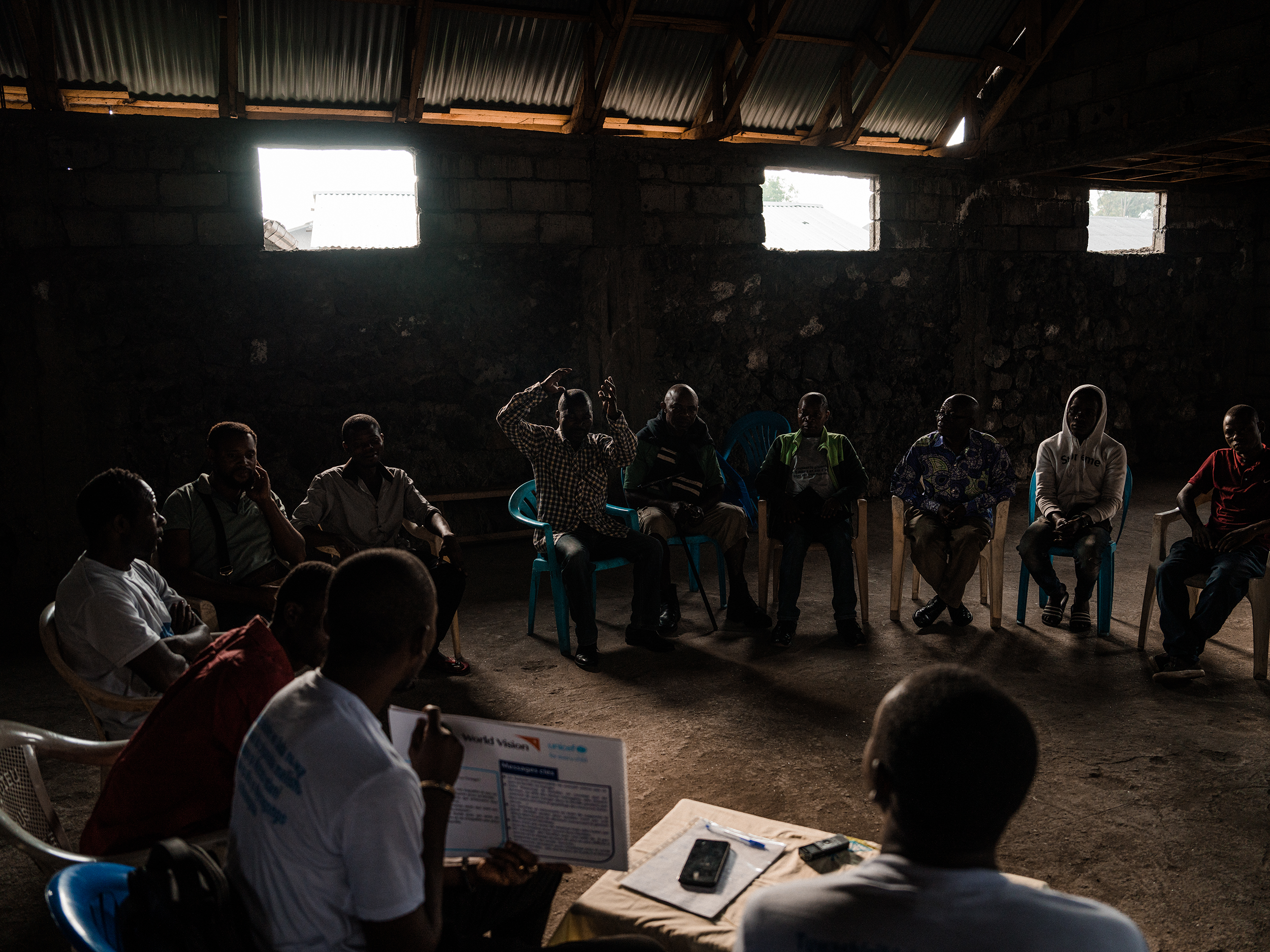
Building partnerships for peace
With recurring conflicts in the DRC for the past 30 years, violence has seeped into the fabric of Congolese daily life. In just the first few months of 2025, 7,000 people were killed, and 7.8 million people are now internally displaced across the country. So far, multiple diplomatic efforts have failed to stop the fighting.
From Congo to Syria and South Sudan, addressing chronic conflicts and cycles of mistrust demands a whole-of-community approach. When men are supported to process trauma and challenge rigid notions of masculinity, and when women are empowered to assert rights and leadership, communities can begin to redefine relationships, reduce violence and create sustainable solutions.
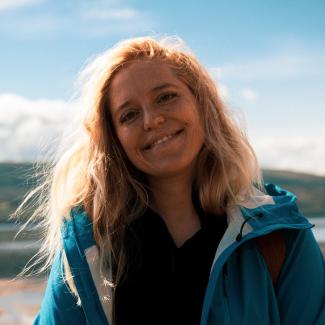
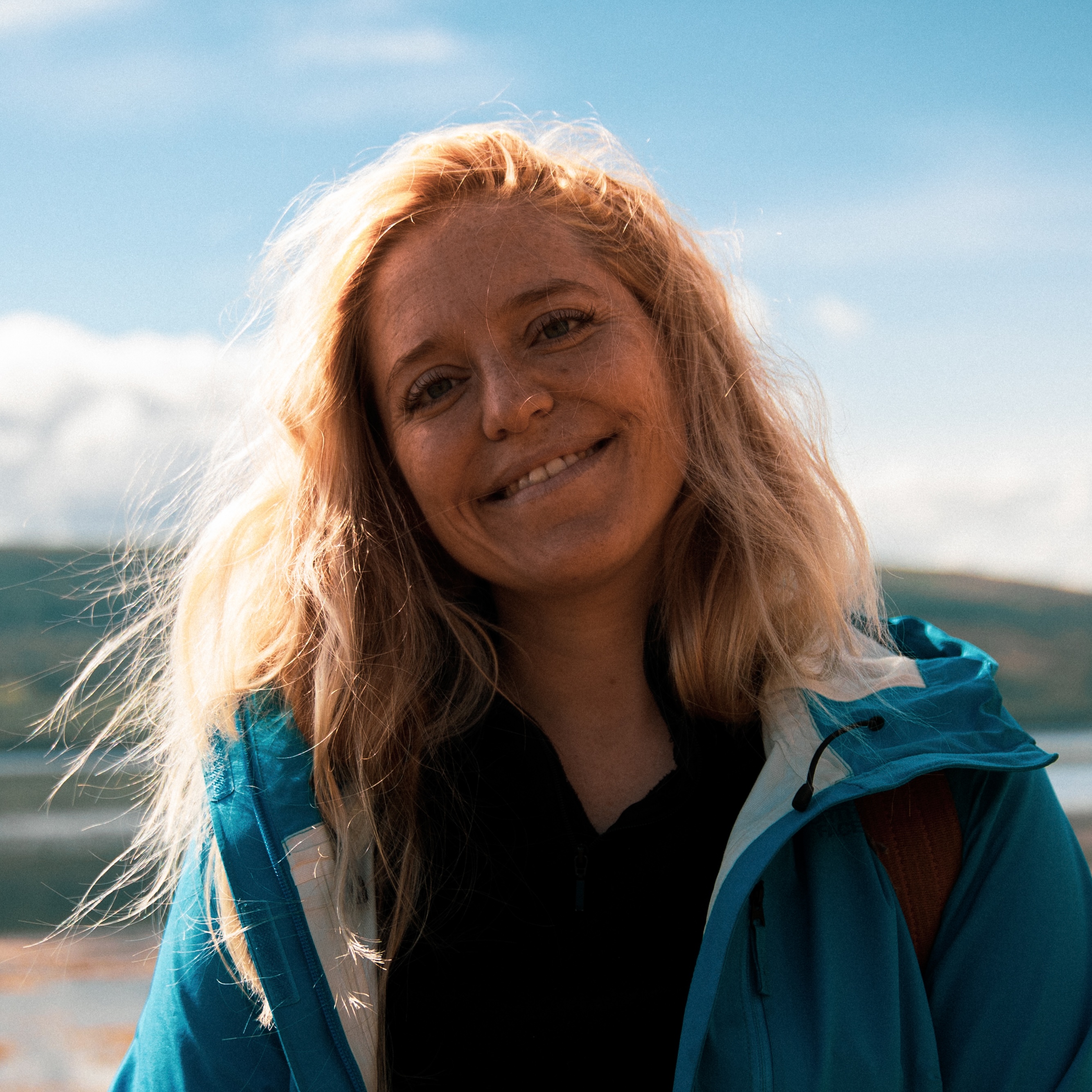
About the author
Dr Camille Maubert is a researcher on gender-based violence, masculinity and behaviour and norms change. She has worked for over a decade on turning research into real-world solutions to advance gender equality in conflict-affected settings, helping organisations design, evaluate, and strengthen transformative programs. She is passionate about people-led, culturally sensitive approaches that make lasting change.
About Ghovodi
Groupe des Hommes Voués au Développement Intercommunautaire is a Congolese NGO and a member of the MenEngage Global Alliance. Since 2008, Ghovodi has been actively engaged in the fight against sexual and gender-based violence (SGBV) in the Democratic Republic of Congo. Building on years of experience in prevention, positive masculinity, and survivor support, Ghovodi developed its own gender-transformative GBV prevention approach called Washindi, meaning 'the winners' in Swahili. Washindi is a community-centred model for transforming gender relations. It seeks to change gender-related attitudes and behaviours across all areas of daily life, from violence prevention and women’s participation in decision-making to sexual and reproductive health, maternal health and education.
Related resources
Blog
10 November 2025
Published by: ALIGN
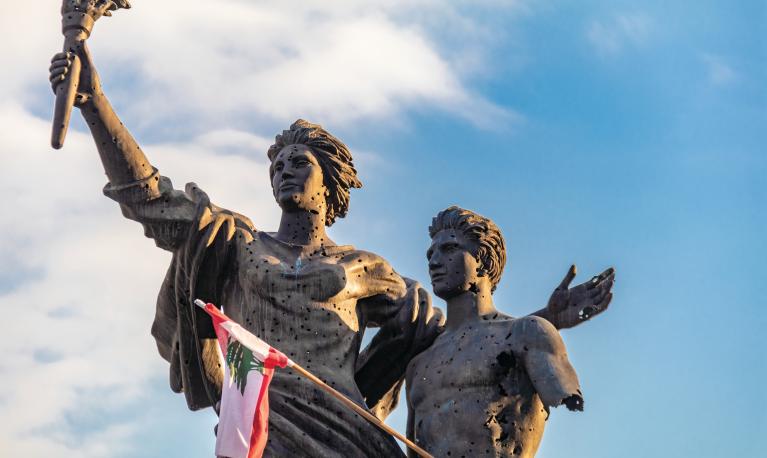
Briefing paper
10 July 2025
Published by: ODI Global
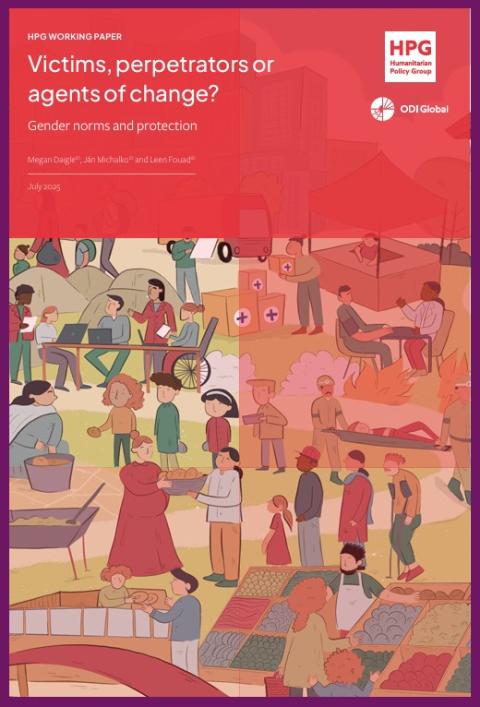
Report
1 July 2025
Published by: Eastern Africa Learning Collaborative, Social Norms Learning Collaborative
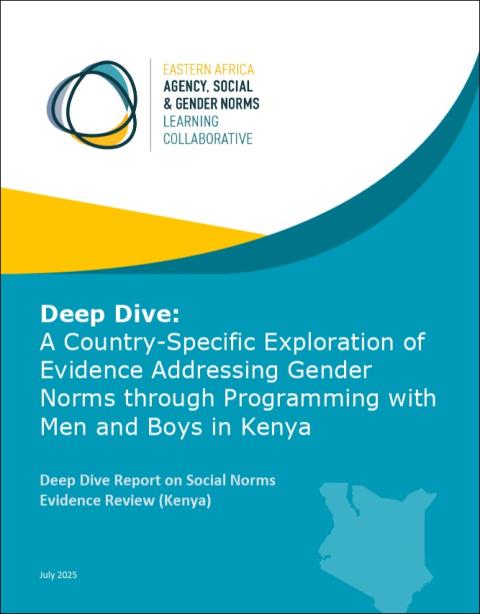
Briefing paper
8 April 2025
Published by: European Politics and Institutions Programme
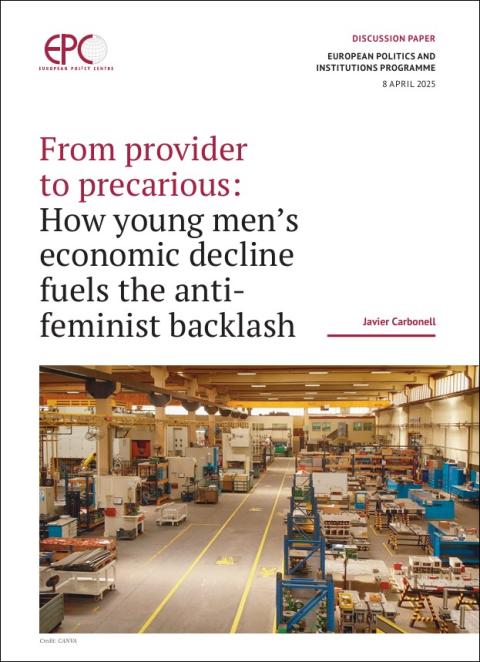
Blog
14 April 2025
Published by: ALIGN
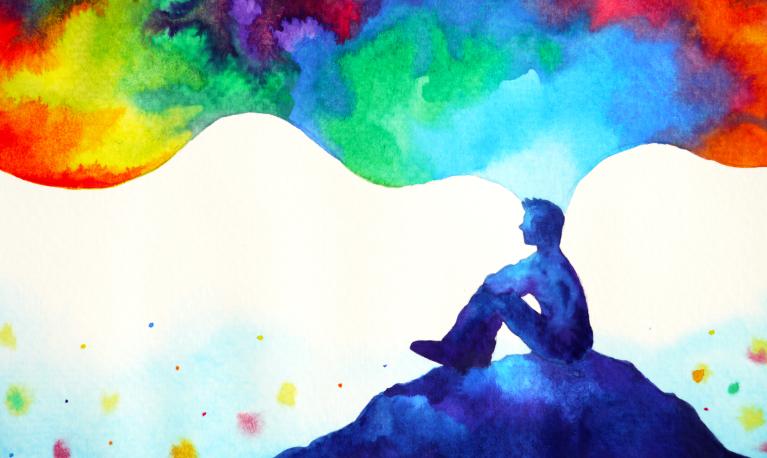
Report
19 November 2024
Published by: ALIGN, Mexfam
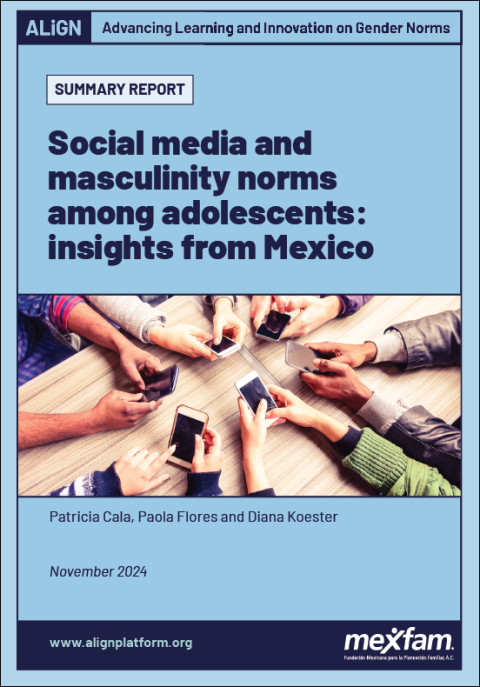
Report
13 November 2024
Published by: ALIGN
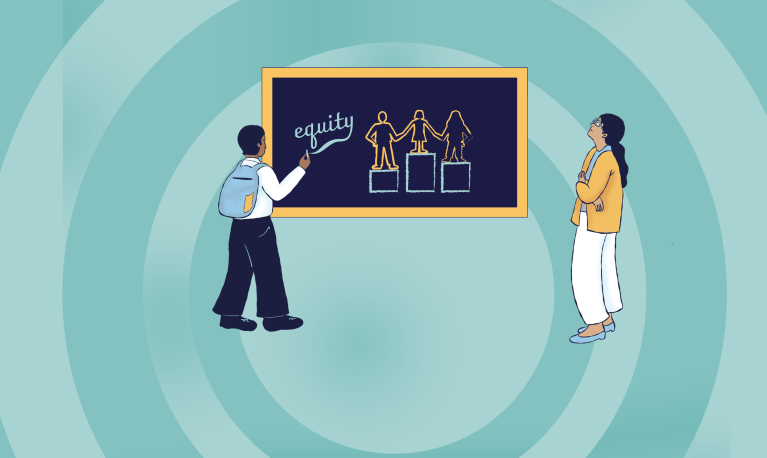
Blog
3 October 2024
Published by: ALIGN
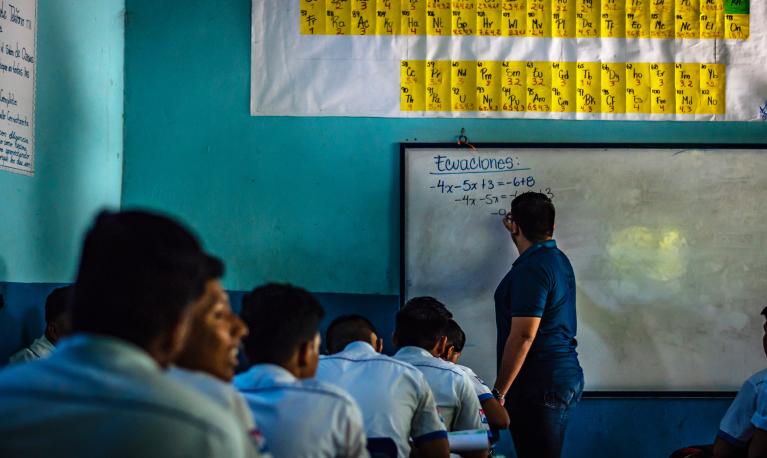
Toolkit
22 August 2024
Published by: Global Boyhood Initiative
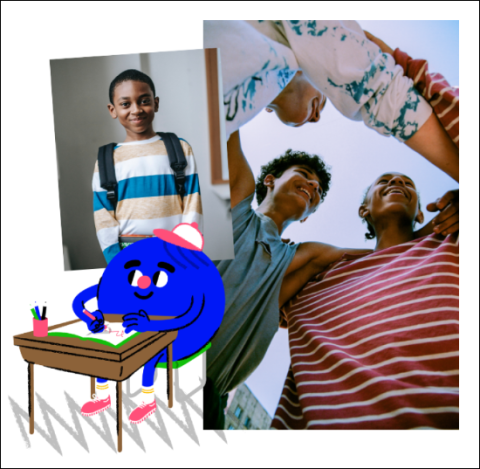
Blog
28 May 2024
Published by: ALIGN
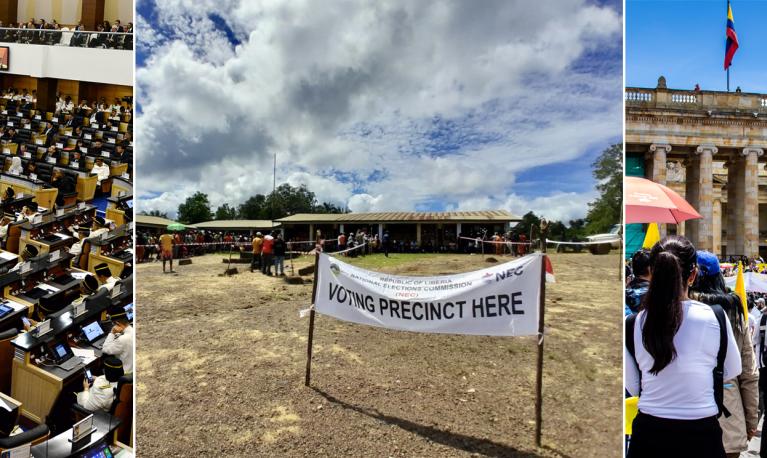
Report
28 May 2024
Published by: ALIGN
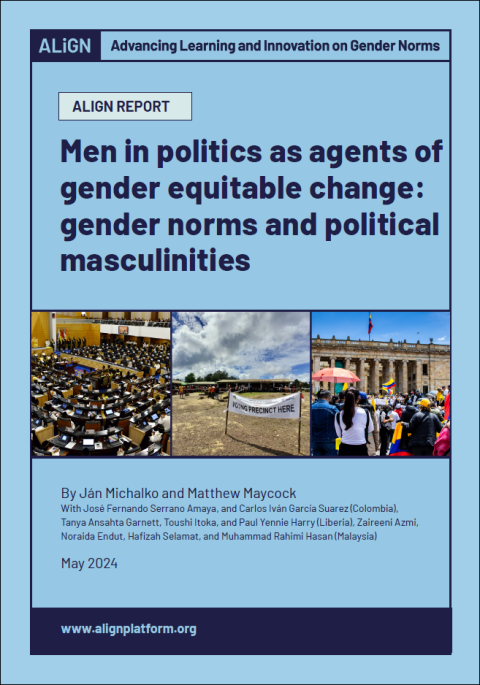
Report
17 May 2024
Published by: USAID
